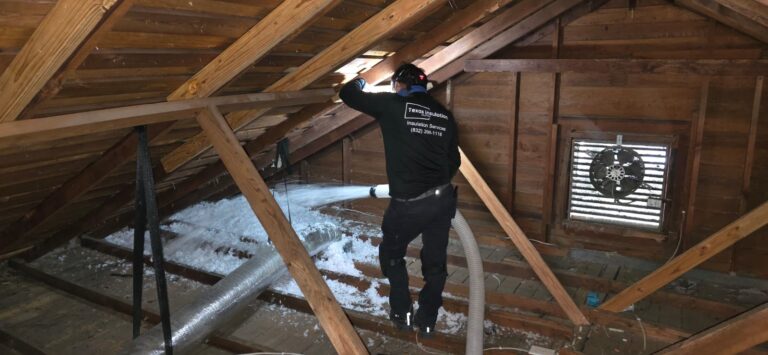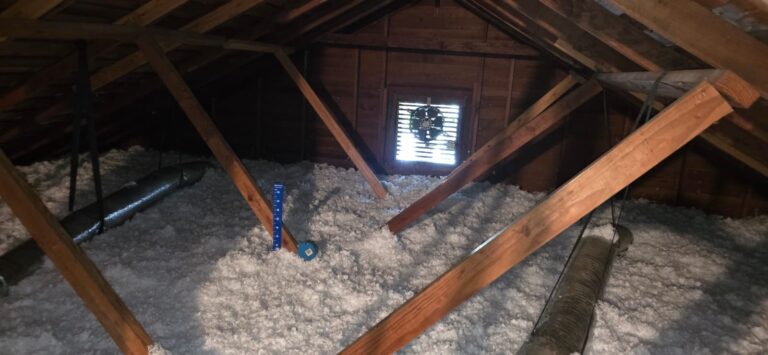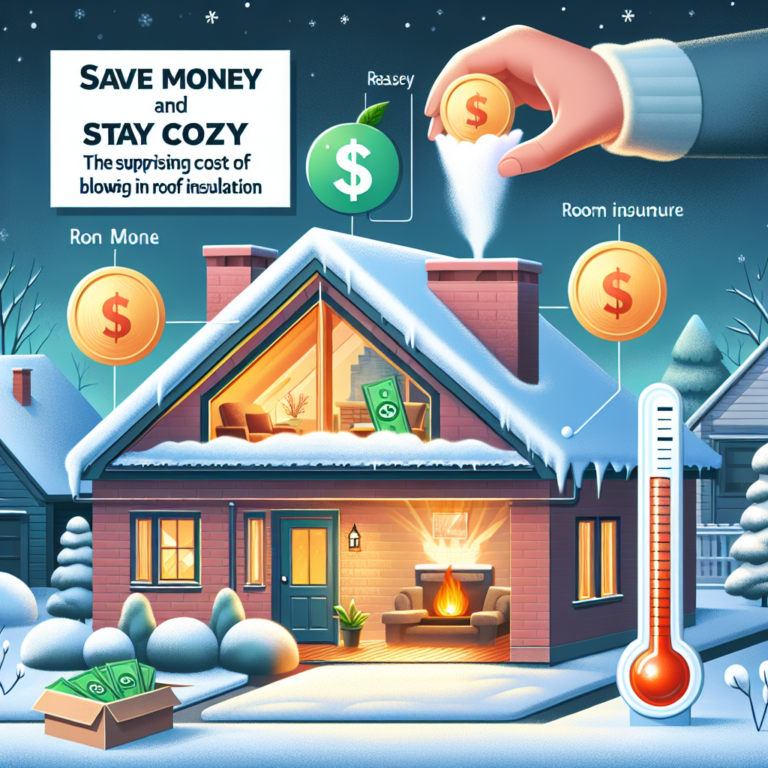- Blown-in insulation efficiently fills gaps in attics and walls, enhancing home energy efficiency.
- It offers benefits such as improved thermal performance, air quality, and noise reduction.
- Main types include fiberglass, cellulose, and mineral wool, each catering to different insulation needs.
- Proper installation and maintenance can ensure blown-in insulation lasts over 30 years.
- Blown-in insulation is an effective choice for enhancing home energy efficiency.
- It consists of loose-fill materials that fill gaps in attics and walls without major disruptions.
- Benefits include improved thermal performance, air quality, and noise reduction.
- Types include fiberglass, cellulose, and mineral wool, each suited to different needs.
Blown-In Insulation for Homes
Table of Contents
- Introduction
- What is Blown-In Insulation?
- Benefits of Blown-In Insulation
- Types of Blown-In Insulation
- Installation Process
- Cost-Effectiveness
- Maintenance Tips
- FAQ Section
- Conclusion & CTA
Introduction
Optimizing your home for energy efficiency isn’t just about upgrading your appliances or sealing windows—it’s also about choosing the right insulation. Blown-in insulation is a top choice for many homeowners due to its efficiency, versatility, and environmental benefits. In this guide, we will explore everything you need to know about blown-in insulation for homes.
What is Blown-In Insulation?
Blown-in insulation, also known as loose-fill insulation, consists of small particles of fiber, foam, or other materials. These particles are blown into attics, walls, and hard-to-reach spaces using special equipment. It’s an ideal solution for adding insulation to existing structures without causing major disturbances to finished areas of the home.
Benefits of Blown-In Insulation
- Enhanced thermal performance, reducing the need for heating and cooling
- Improved air quality by reducing the infiltration of outdoor pollutants and allergens
- Noise reduction, providing a quieter and more comfortable living environment
Types of Blown-In Insulation
There are three main types of blown-in insulation: fiberglass, cellulose, and mineral wool. Each type has its specific properties, suited for different climatic conditions and building structures.
Installation Process
Step 1: Preparation
The area of installation must be cleaned and prepared to ensure that the insulation will be effective and long-lasting.
Step 2: Blowing the Insulation
Professional installers use specialized machines to blow the insulation materials into place, ensuring even coverage and optimal density.
Step 3: Post-Installation Checks
Following the installation, it’s important to perform thorough checks to ensure there are no gaps or uneven distribution.
Cost-Effectiveness
Blown-in insulation is cost-effective due to its ability to fill spaces tightly, which significantly reduces energy bills by improving thermal efficiency.
Maintenance Tips
Regular inspections should be conducted to check for any settling or moisture, which can affect the performance of the insulation.
FAQ Section
Q: How effective is blown-in insulation compared to other types?
A: Blown-in insulation offers superior coverage and fills gaps more effectively than standard batts, ensuring better thermal performance.
Q: Is blown-in insulation environmentally friendly?
A: Yes, especially cellulose insulation, which is made from recycled paper and is treated to be fire resistant.
Q: How long does blown-in insulation last?
A: When properly installed and maintained, blown-in insulation can last for over 30 years, providing long-term energy savings and comfort.
Conclusion & Call to Action
Maximizing your home’s energy efficiency and comfort with blown-in insulation not only reduces energy costs but also enhances your living environment. Whether retrofitting an old home or building anew, consider blown-in insulation for an effective solution.






